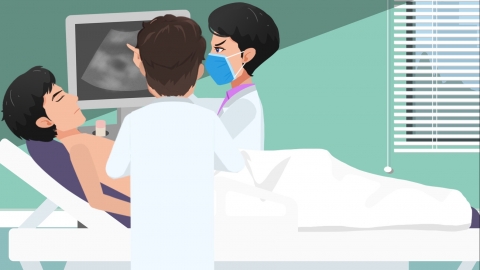What are the differences between hemorrhoidal granulation tissue and edema?
The differences between hemorrhoidal granulation tissue and edema include fundamental causes, appearance, texture upon touch, symptom presentation, and rate of resolution. Understanding these distinctions can aid in accurate management. If there is persistent enlargement, ulceration with bleeding, or severe pain, prompt medical attention is recommended.
1. Different underlying causes: Granulation tissue forms as new connective tissue during wound healing after hemorrhoid surgery or injury; edema results from impaired venous return and lymphatic drainage, leading to localized fluid accumulation, often triggered by straining during bowel movements or prolonged sitting.
2. Different appearances: Granulation tissue is typically pink or bright red, with a granular surface and obvious protrusion, having relatively clear boundaries; edema presents as localized swelling with pale skin or color similar to surrounding tissue, showing diffuse elevation with indistinct margins.

3. Different tactile textures: Granulation tissue feels soft yet resilient, does not indent significantly when pressed, and maintains its shape after pressure is released; edematous tissue feels soft and elastic, temporarily indents upon pressing, and slowly rebounds after pressure is removed.
4. Different symptoms: Granulation tissue usually causes no significant pain, only minor discomfort in some cases due to friction; edema is commonly associated with a sensation of heaviness and pain, which may worsen during defecation due to compression and irritation.
5. Different rates of resolution: Without irritation, granulation tissue gradually matures and flattens as the wound heals, a process that takes longer; edema typically resolves within 1–2 weeks with proper care that improves circulation, showing a relatively faster recovery.
In daily life, gently clean the anal area with warm water and pat dry softly, avoid strenuous exercise to minimize local irritation, maintain a light diet avoiding spicy and heat-inducing foods, establish regular bowel habits, reduce toilet time, and promote healthy perianal blood circulation.




